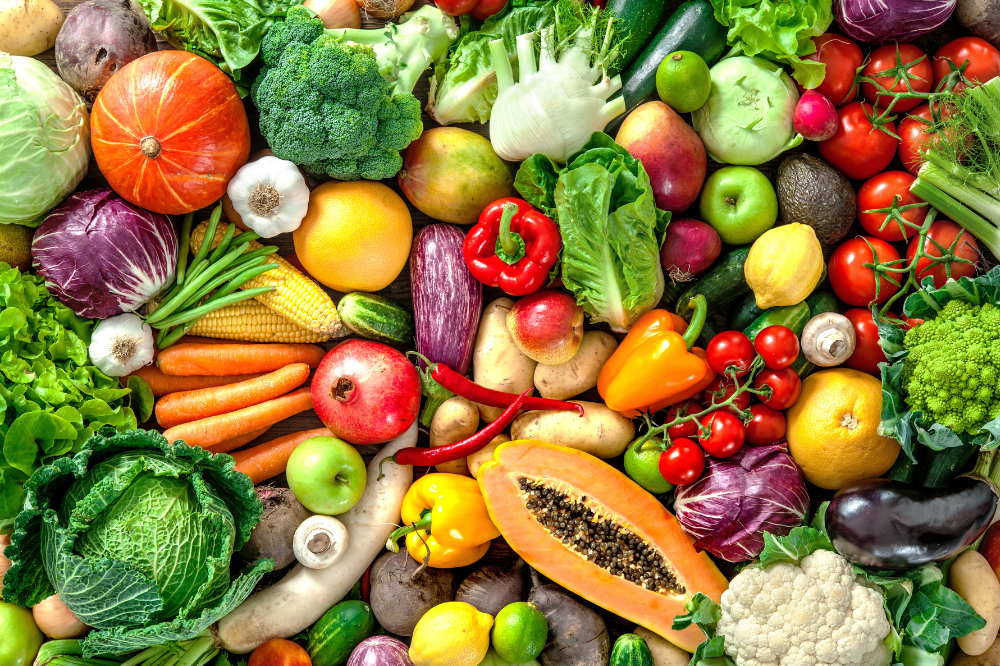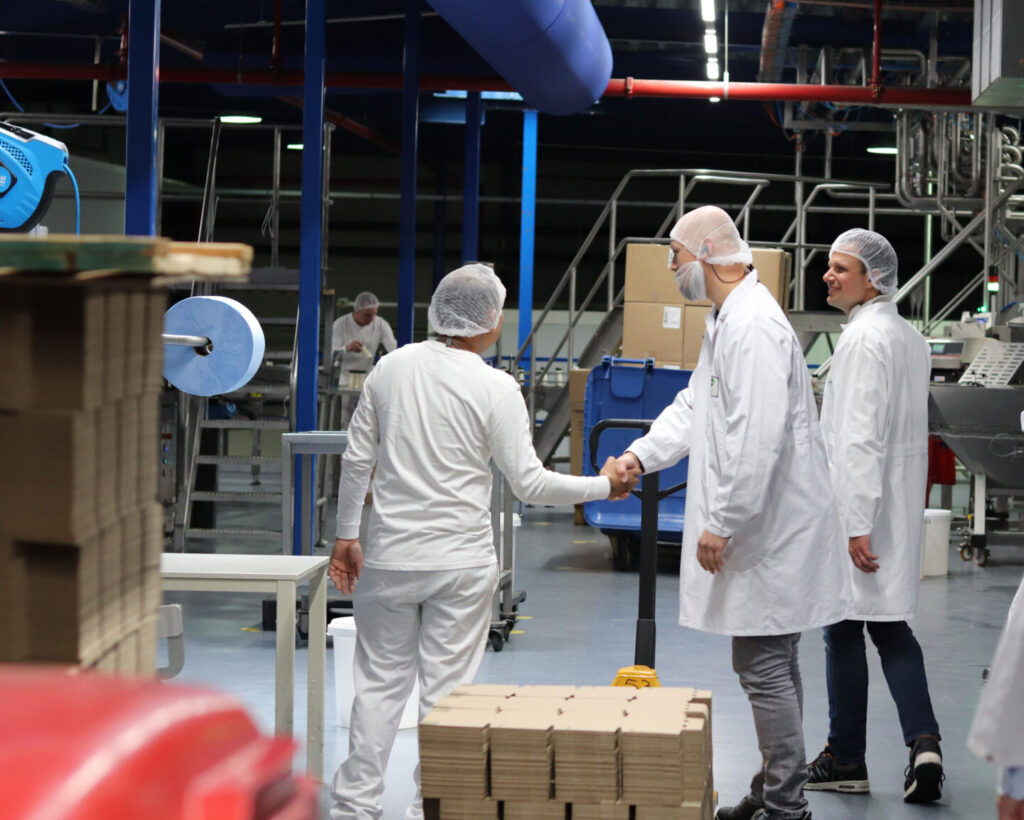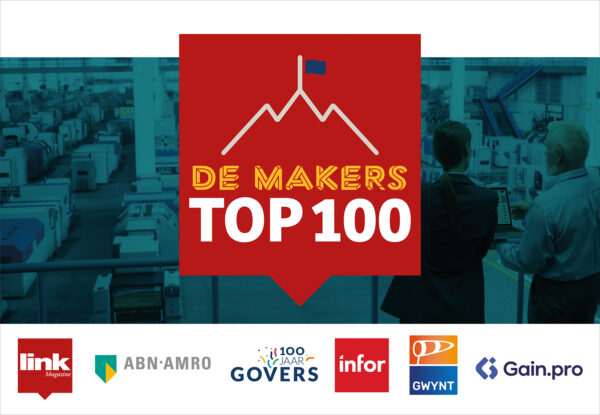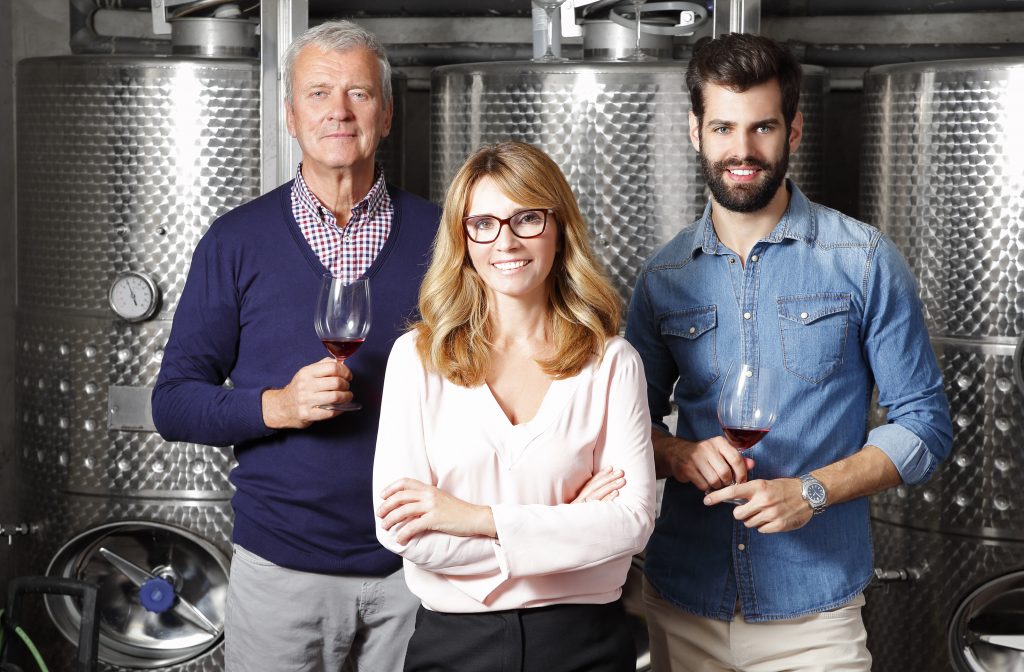The AGF (Potatoes, Vegetables, Fruit) sector is in a state of flux. In our sector vision, we map out the main trends, risks and strategic opportunities for the four core segments. These insights help players in the AGF chain to position themselves future-proof and cope with important disruptive factors in the market. From Gwynt, we know the sector well and have traditionally been strongly represented in the various core segments of the AGF market.
Facts & figures
- The total export value of AGF in the Netherlands was about €16 billion, with Austria, Belgium and Spain being the strongest growing countries. Traditionally, Germany, Belgium and the United Kingdom are the Netherlands’ largest export partners.
- AGF represents over a quarter of fresh sales in supermarkets and ~13% of total supermarket sales. There is still plenty of potential here because currently only 60% of the recommended daily allowance is consumed by Dutch consumers.
- About 5,500 companies operate in the AGF sector in the Netherlands, of which 1,160 are greenhouse farms for vegetables, 110 for fruit (mainly strawberries, blackberries, raspberries).
- Organic cultivation is gaining ground: currently 3% in greenhouses and 8-9% in outdoor crops are organic (mainly peppers and tomatoes).
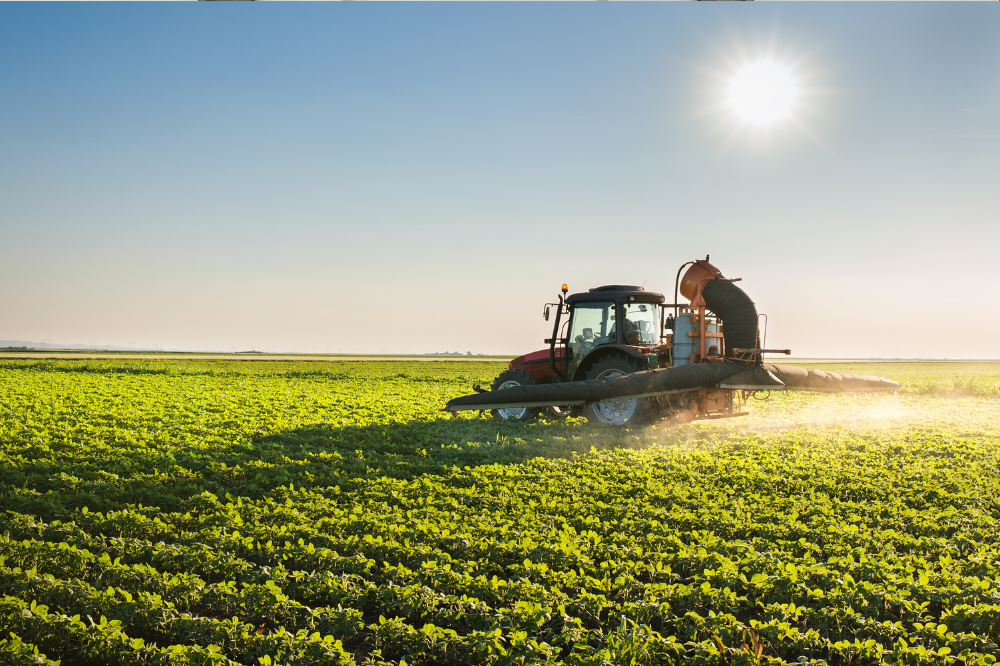
1. Growers (associations): under pressure, but not without prospects
Growers are struggling with stricter regulations, climate change, limited resources and rising labor costs. At the same time, the use of technology such as picking robots and data-driven growing is accelerating. This is putting pressure on the competitiveness of Dutch bulk produce.
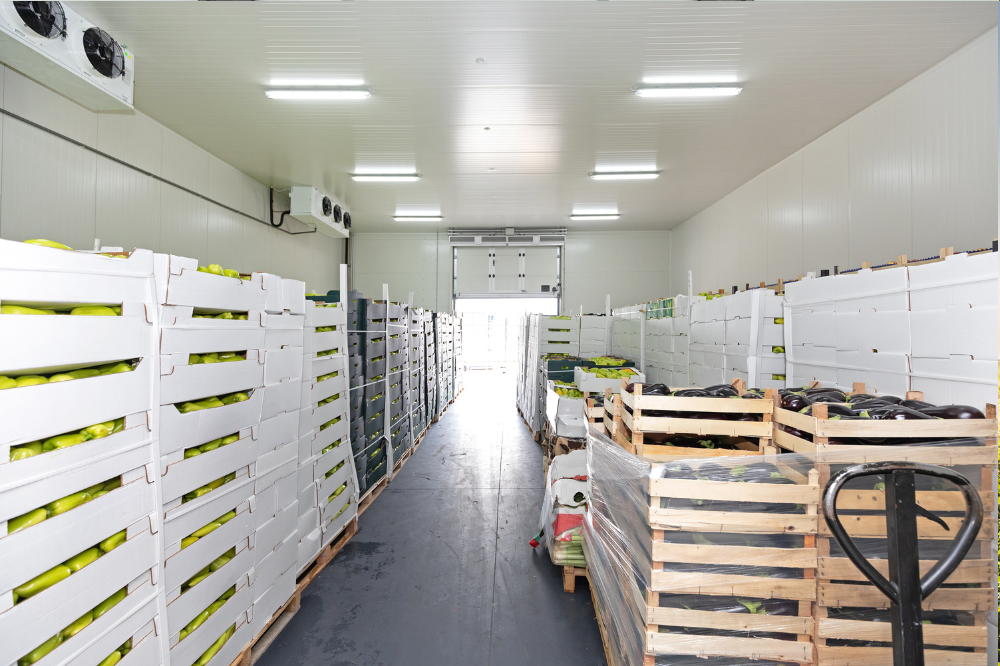
2. Trade: shifting gears in a changing chain
In the trade segment, digitalization, scale-up and international growth are playing a big role in the AGF retailer. Smart data links and lasting relationships are crucial for year-round delivery reliability.
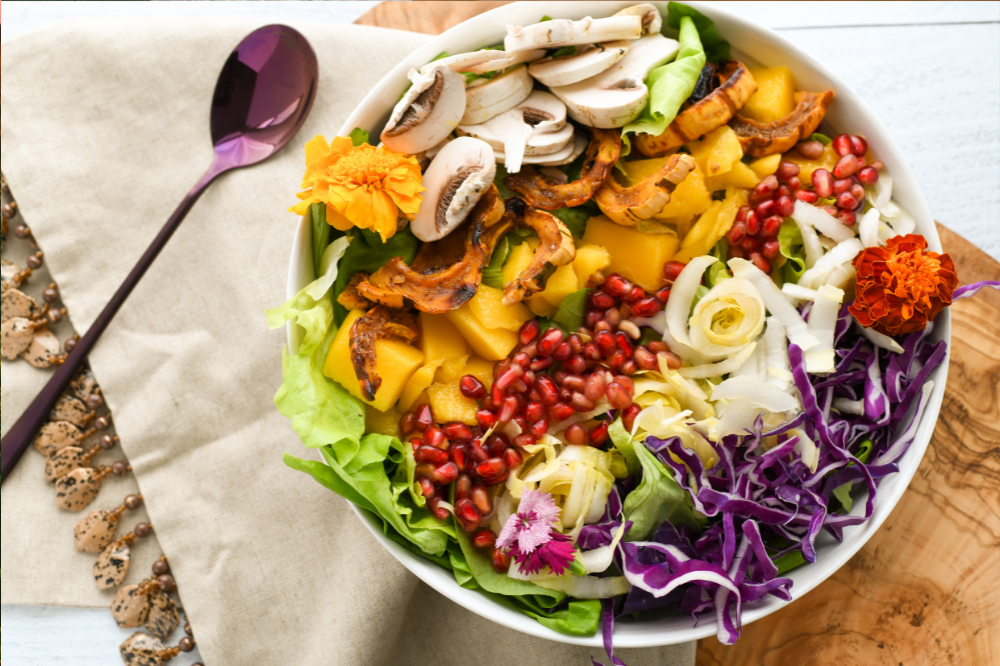
3. Fresh Convenience: convenience as a growth engine
The demand for healthy, convenient AGF products is growing rapidly. Fresh Convenience responds to this with ready-to-eat concepts, but also faces challenges around shelf life and sustainability.
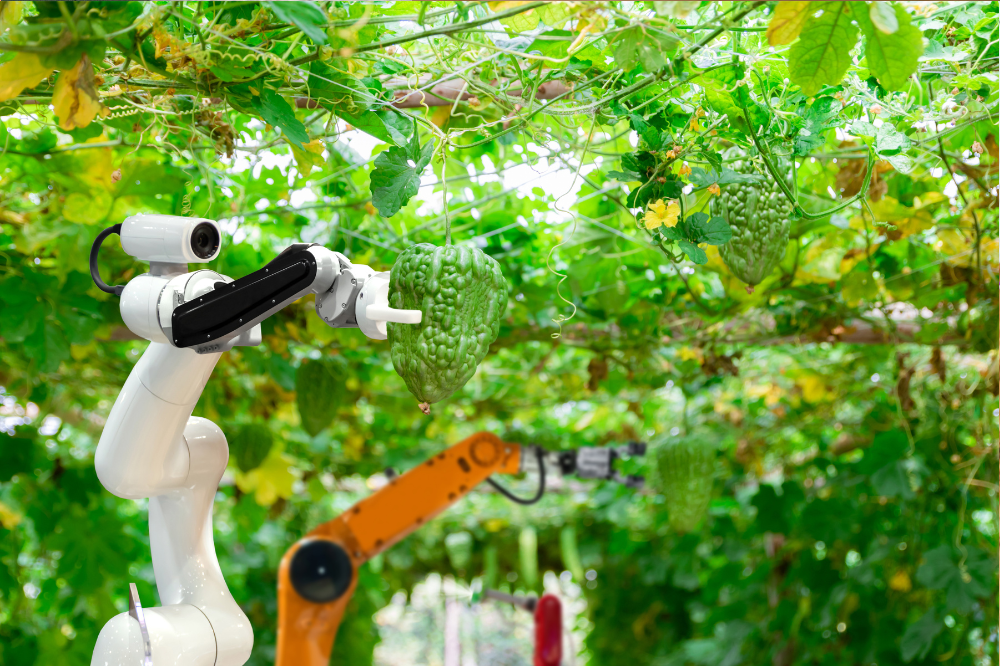
4. Other major (branded) players and processors: scale and innovation
Processors and brand players in AGF are under pressure from stricter regulations and changing consumer behavior. Investments in automation, sustainability and brand value are essential.
What does this mean for your business?
The sum of trends and risks requires strategic choices. How do you anticipate these developments? Gwynt helps companies in the AGF sector formulate future-oriented strategies, optimize chains, form efficient operations and strengthen their market position. Feel free to contact our AGF experts for a no-obligation discussion on how to stay healthy and future-proof in this dynamic sector.
Want to know more or exchange views on this topic? Please contact Max van Ballegooijen at m.vanballegooijen@gwynt.eu
Sources: Gwynt.eu; AGF.nl; groentenfruithuis.nl; vakbladvoedingsindustrie.nl; fruitandvegetablefacts.com
